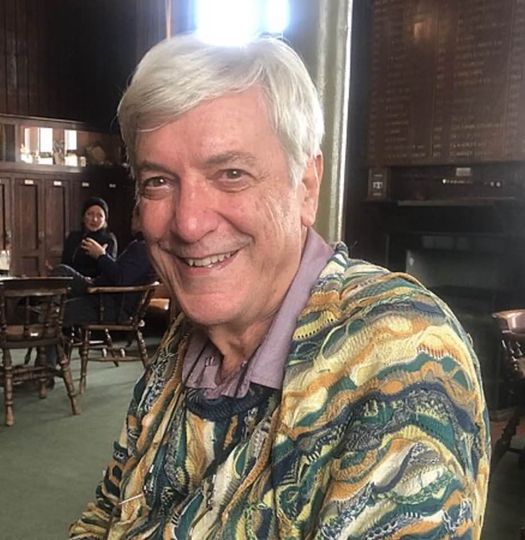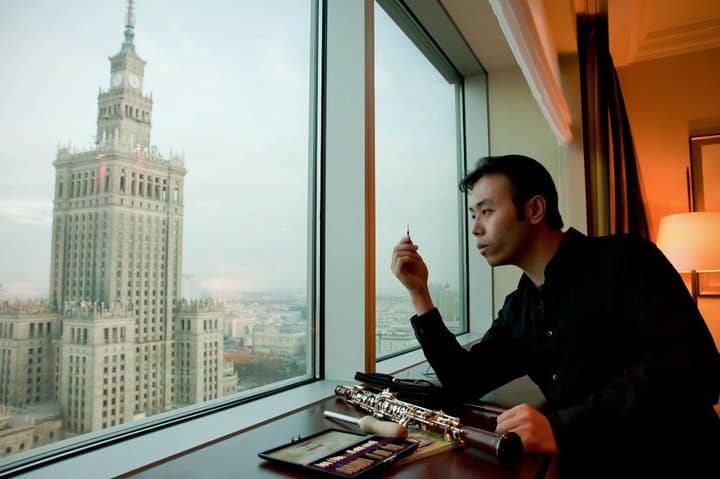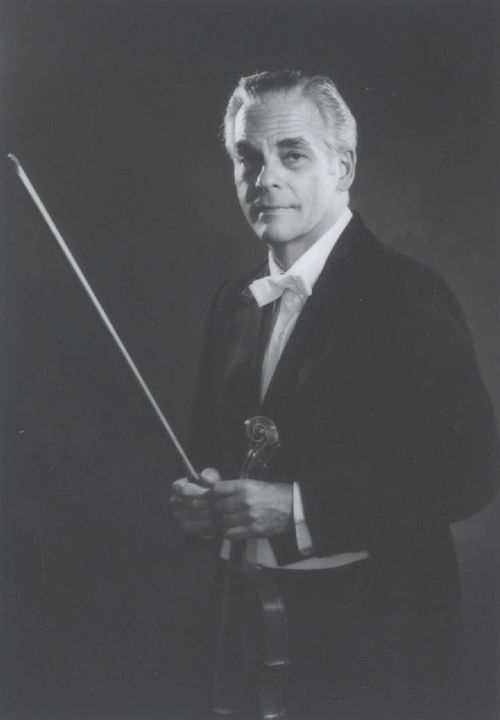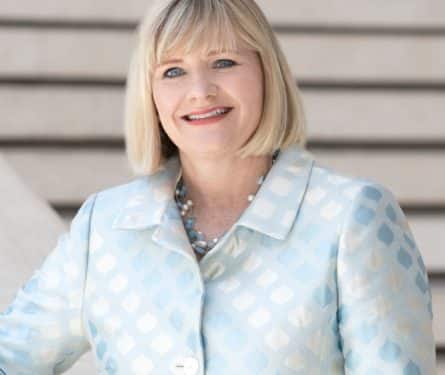Discreet Royal Ballet chief dies
balletAlastair Macaulay writes:
The Royal Ballet will announce today the death of Anthony Russell-Roberts, former artistic administrator of the Royal Ballet for many years, nephew of Frederick Ashton, inheritor of more than thirty Ashton ballets, and key figure in the formation of both the (ultimately unsuccessful) Ashton Trust and the (still effective) Ashton Foundation. A man of genial charm and warmth, with twinkling eyes and a ready smile, he formed with Anthony Dowell, Monica Mason, and Jeanetta Laurence a happy team that they themselves nicknamed “the Gang of Four” during most of the 1986-2001 years that Dowell was the Royal Ballet’s director, Monica Mason his assistant director, Russell-Roberts its artistic administrator, and Laurence its assistant artistic administrator. I interviewed all four of them in the years 2014-2018, three of them together: it was evident that they were gleeful to be reunited, with much mutual respect.
Russell-Roberts was the son of Ashton’s beloved only sister Edith. He often spoke of his memories of Ashton visiting his mother in deep depression; although his mother would begin with the same depression, it was always she would could rouse him into laughter. When Russell-Roberts became the Royal Ballet’s artistic administrator in the mid-1980s, some unfairly tried to claim that this was Covent Garden nepotism; he was already an experienced opera administrator in opera houses away from London. Russell-Roberts soon proved himself a canny diplomat around the sometimes Byzantine realm of the Royal Ballet: I remember once, after asking him a tough question about the company’s lack of a music director, being disarmed by the intelligence and bonhomie with which he cheerfully entered into discussion.
When Ashton died, he left a will that – apparently copying that of George Balanchine – left twelve crucial ballets to six especially valued people. The rest he bequeathed to his nephew. It may not have been evident to Ashton that some of those ballets would often be performed: “Marguérite and Armand” had not been danced since 1988, “The Tales of Beatrix Potter” had never been given in live performance, and few expected the full-length “Sylvia” to be returned to the stage. In the event, those three have been performed many times – “Marguérite” and “Sylvia” by several companies around the world.
Other legatees seem to have been the reason why the Ashton Trust – eventually – proved a failure, but Russell-Roberts was, with Anthony Dyson and Anthony Dowell – the three Anthonies! – a central reason why the Ashton Foundation has endured. These men understood that, while the financial revenues of these ballets could be bequeathed this way or that, it was vital to cede artistic control to a larger Ashton authority, a group that brought known experts and alumni together to serve the ballets. Inevitably we can argue (I often do) about the realisation of details and overall style in any ballet by a dead choreographer, but it is crucial (as the makers of the Balanchine Trust realised many years before those of the Ashton legacy) to separate financial possession from artistic decisions. Russell-Roberts knew plenty about the Ashton ballets, but he did not impose his knowledge single-handed upon the way they were staged. In the case of “Marguérite”, I often wish someone had imposed more: at least one vital detail of that ballet has never been effectively realised by dancers since Margot Fonteyn. With “Sylvia”, however, while several details could also be improved, the choreography has been maintained with enough love and understanding to give the ballet a degree of international success (it has been danced by companies on three continents this century) that nobody envisioned in Ashton’s lifetime.
In later years, Russell-Roberts told me of his crucial role in securing Sylvie Guillem and Irek Mukhamedov as longterm senior principal dancers with the Royal Ballet – an achievement that will remain large in any history of the company. But that Gang of Four worked together with great good humour on many other vital and historic points. When Jeremy Isaacs unwisely admitted a television team to make the five-part Covent Garden documentary “The House”, the Gang of Four brilliantly deflected attention by deciding, whether cameras were rolling, to make their conversations dull and unsensational; only when the television team withdrew from the room did they speak freely of any troubles besetting the company.
That sounds like mere fun. The Dowell regime had already been heavily criticised, by me among others. We can see now, however, how that Gang of Four steered the Royal Ballet through four of the biggest crises in its history: (a) the death of Frederick Ashton in 1988 (b) the death of Kenneth MacMillan in 1992 (c) that “House”documentary in 1996 (d) the two-year closure of the Covent Garden company in 1997-1999, years in which the permanently feckless and determinedly philistine Arts Council attempted to stop the company from being a year-round institution.
Russell-Roberts was a skilled diplomat. Like many diplomats, he had a private life. Nobody who knew him in later years could doubt the great happiness he found with his second wife, Jane Holkenfeldt; or the lasting sense of loss that attended him after her untimely death. He himself met a swift but devastating death from cancer. I remember him with pleasure; I wish I had known him much, much better.






I had the great pleasure of interviewing Anthony Russell Roberts for Dancing Times in the UK, when he talked insightfully and candidly about Norman Morrice, the man and forgotten director of The Royal Ballet. At the end of our conversation, I expressed my hope that we could talk together one day about Frederick Ashton. Sadly that occasion never materialized.
i had not heard of russell-roberts previously so i read this article with great interest. there is a lot of information in it about the ashton trust/foundation that i did not know. thanks for informing me.
What a fascinating obituary. Many thanks, Mr Macaulay!
I was pleased to read of Anthony’s great happiness with his second wife, since I was his second wife and the mother of his children. Jane Holkenfeldt was his third wife and they spent most of their years together living in separate countries. After her death he returned to London and his English family. Our children were tireless in their affection and help for him in his final illness and we were all at his bedside on the day he died.
I knew Anthony in the later part of his life in Copenhagen.
A true English gentleman, with a humble and gentle heart.
It was an absolute pleasure and privilege to have known him.